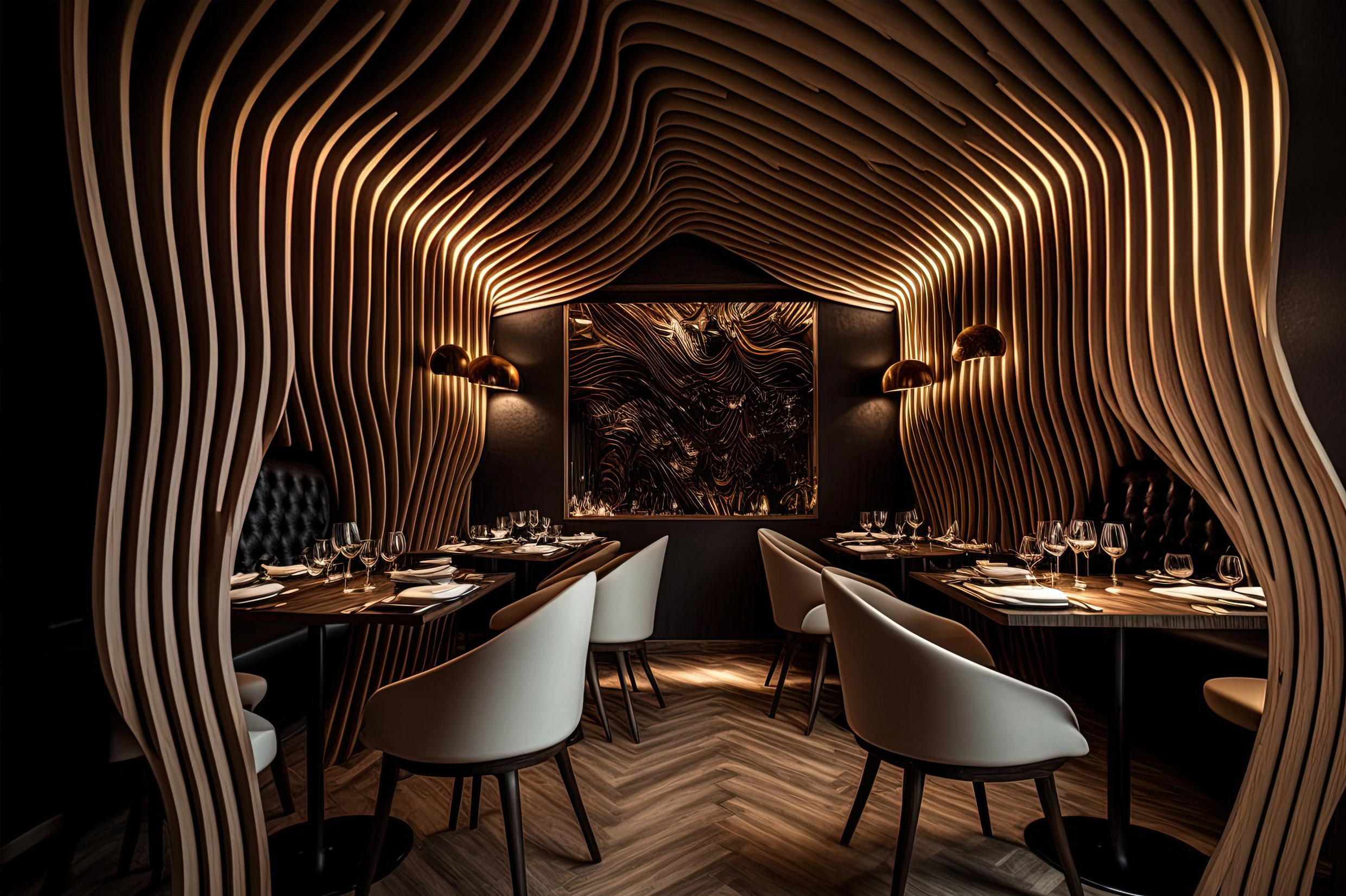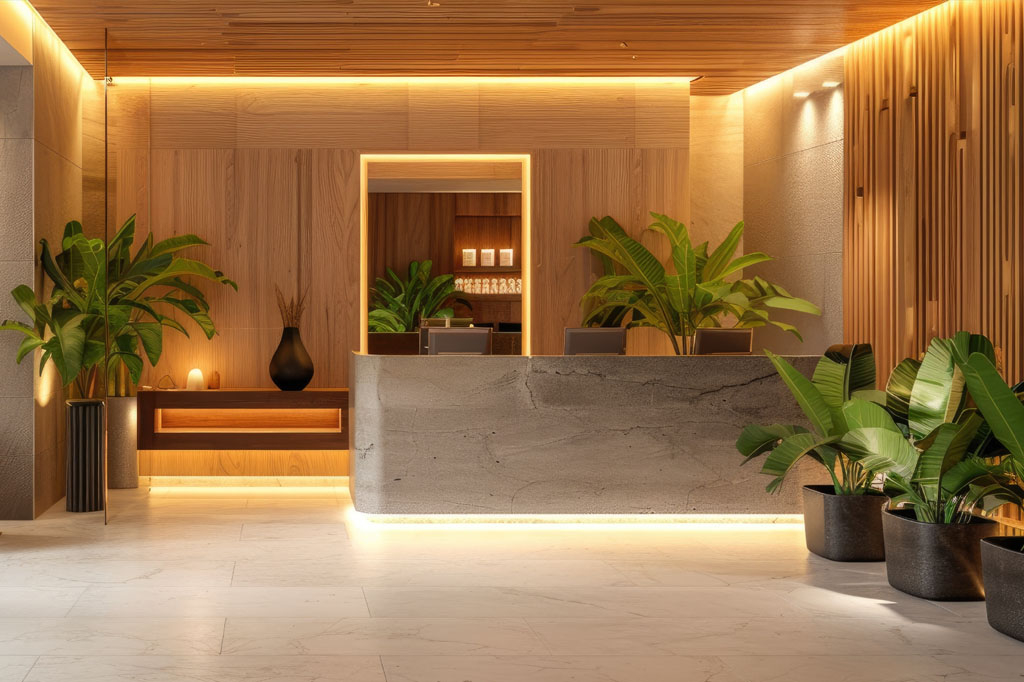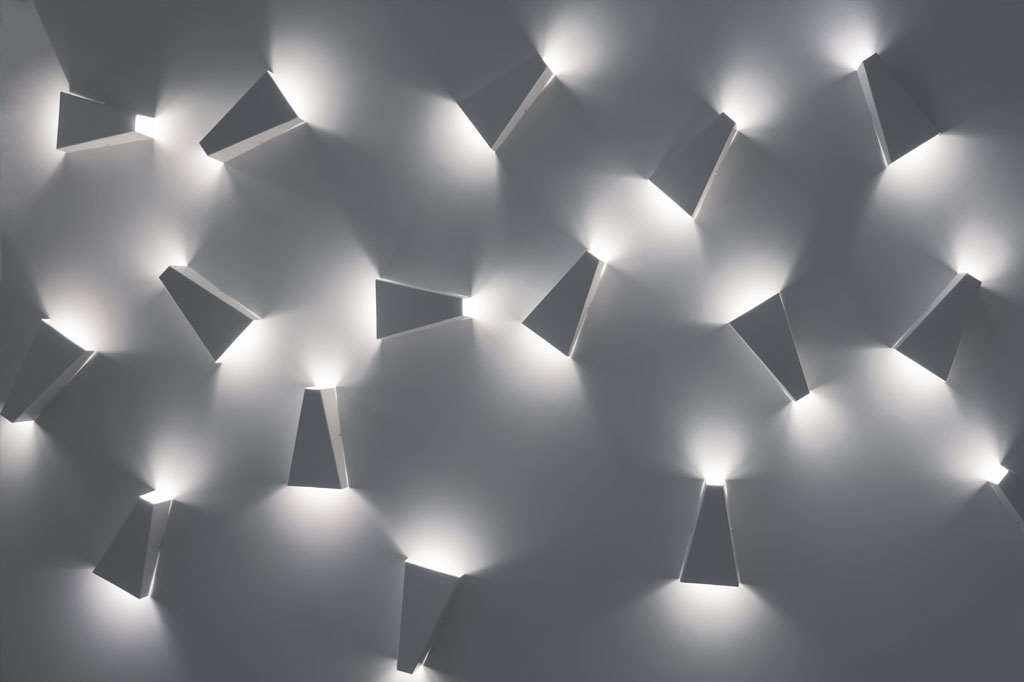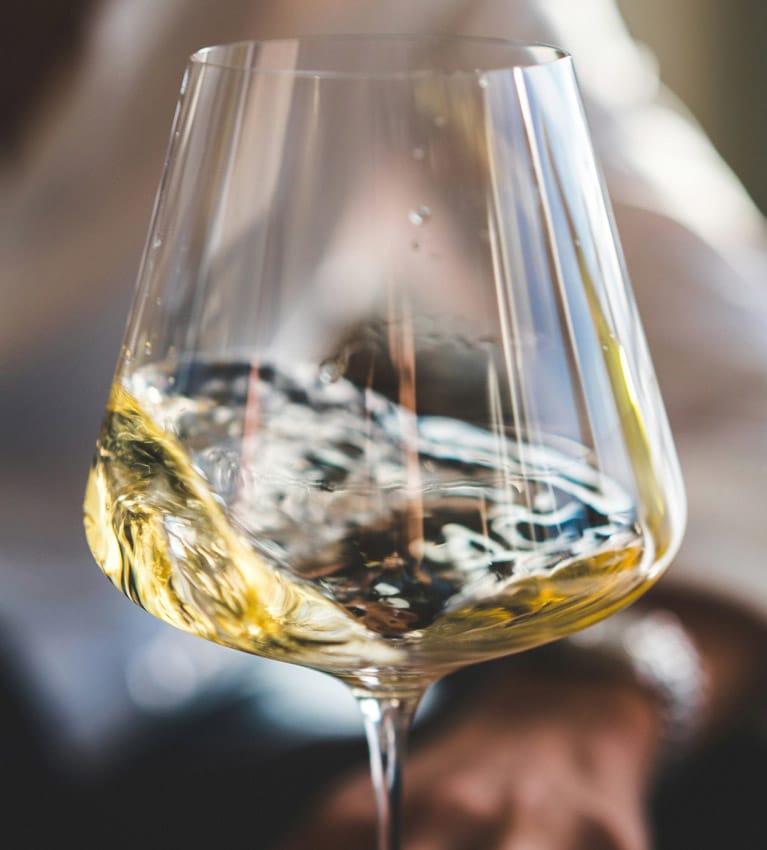
Lighting Design
October 20, 2024

Richard Sandoval: Sparking the Authentic Spirit of Latin America in Malta’s Culinary Scene
October 20, 2024
Basics in Understanding Flavour: Compounds & Chemicals
October 20, 2024Welcome back to another dive into interior design. This article's subject is based on lighting. This is an element in design that I believe should not be overlooked.
Light has such a big role in how we see, perceive and feel in a space. Light plays a factor in our everyday lives and can be used strategically within spaces of experience including hospitality.
If you have been following this series you would be familiar with my obsession in highlighting my opinions and aims as a designer—by setting a mood and doing so through design elements and techniques. Lighting is one vastly versatile design element, it’s beneficial if not a necessary design factor that needs to be thought out.
We can divide lighting design into subsections each having its role resulting in illuminating the space differently, elements can be used together to achieve a cohesive outcome.
Light-fitting choice also has an impact as a design strategy. As we discussed in past articles, branding provides a brief for the designer to interpret. Light fittings can be discrete or create weight in the design, designers can use fittings as a design element or feature to illuminate the space.
Let's get into the categories of light strategies:
1. General Lighting
2. Task Lighting
3. Feature lighting
4. Decorative lighting

General lighting:
This refers to the light fitting chosen to light up the space, most commonly this would be overhead or ceiling lighting. This form of lighting is most necessary for an interior space so that you can physically see. Overhead light fittings may include spotlights, ceiling-mounted lights, and track lights, all seen as standard general light fittings.
Designers can use these fittings in a reflective lighting plan, and strategically position them most effectively, both to flood light within the space and allocate their locations in the most attractive format possible.
Task Lighting:
As the name suggests this form of lighting is specific to the task at hand. Focusing on the task and design aesthetic, the designer will choose and position light fittings to put a spotlight on the task at hand. This could be kitchens, reception desks, restaurant bars, office desks or bedside tables.
Each area mentioned carries out many tasks, let's take the example of a bedside table in a hotel bedroom, one would need a reading light and/or a lamp so that the guest can wind down, turn off the general overhead lighting and possibly read a book before sleeping. The fitting chosen here would need to be somewhat adjustable on a bracket, arm or fixed–possibly adjustable by dimming to set a calmer ambience. Easy accessibility should also be a priority, one needs to be able to find the switch of this light easily in case it is needed during the night.
Task lights can take many shapes and styles of fittings including pendants, wall lights, reading lights, under-counter lights for receptions and bars. These fittings also can be a feature within the interior design, as these fittings can be fun, utilising an interesting design fitting to create something structural and quirky.
Feature Lighting:
This section of lighting is more architectural, it enhances the user experience.
Here, we are highlighting features that the interior space provides or details that have been designed that need to be lit up. Some examples are built-in shelving, which could be a feature in a restaurant to display sculptures and decorative pieces, designers can use hidden LED strips to backlight these pigeon-holes resulting in a visual impact.
Another example is path lights for stairs or to direct clients to different areas. This helps the client direct themselves through a more in-depth experience.
This refers to the light fitting chosen to light up the space, most commonly this would be overhead or ceiling lighting. This form of lighting is most necessary for an interior space so that you can physically see. Overhead light fittings may include spotlights, ceiling-mounted lights, and track lights, all seen as standard general light fittings.
Designers can use these fittings in a reflective lighting plan, and strategically position them most effectively, both to flood light within the space and allocate their locations in the most attractive format possible.
Task Lighting:
As the name suggests this form of lighting is specific to the task at hand. Focusing on the task and design aesthetic, the designer will choose and position light fittings to put a spotlight on the task at hand. This could be kitchens, reception desks, restaurant bars, office desks or bedside tables.
Each area mentioned carries out many tasks, let's take the example of a bedside table in a hotel bedroom, one would need a reading light and/or a lamp so that the guest can wind down, turn off the general overhead lighting and possibly read a book before sleeping. The fitting chosen here would need to be somewhat adjustable on a bracket, arm or fixed–possibly adjustable by dimming to set a calmer ambience. Easy accessibility should also be a priority, one needs to be able to find the switch of this light easily in case it is needed during the night.
Task lights can take many shapes and styles of fittings including pendants, wall lights, reading lights, under-counter lights for receptions and bars. These fittings also can be a feature within the interior design, as these fittings can be fun, utilising an interesting design fitting to create something structural and quirky.
Feature Lighting:
This section of lighting is more architectural, it enhances the user experience.
Here, we are highlighting features that the interior space provides or details that have been designed that need to be lit up. Some examples are built-in shelving, which could be a feature in a restaurant to display sculptures and decorative pieces, designers can use hidden LED strips to backlight these pigeon-holes resulting in a visual impact.
Another example is path lights for stairs or to direct clients to different areas. This helps the client direct themselves through a more in-depth experience.

Decorative Lighting:
Decorative lighting is where you can really have fun. Yes, as the title suggests this is mostly decorative but nonetheless necessary, finishing touches–if you aim to achieve a successfully lit atmosphere with style. Decorative fitting also has a purpose, these could be wall lights for paintings, table lamps to dramatise, or standard lamps to light up a dark corner and create depth. All of these light strategies and fittings work together to create a visually enjoyable experience.
Now… there is an underlying factor in lighting design that is imperative to achieve the atmosphere necessary for the interior space at hand and will differ from space to space.
This is the colour temperature of the light bulbs used per light fitting. Cool and warm lighting, which works on a spectrum. A mix of both can work well but certain areas call for certain applications. Industrial kitchens would need ample overhead lighting with the use of cool white light, to keep the employees alert and have a clear vision of what they are cooking.
In lobby reception a mix of cool and warm light is necessary, this area is both a functional and relaxing space. A cocktail bar may opt to use only warm light to create a cosy intimate atmosphere.
Going through this topic, we can see how important light design is, from the choice of fitting to positioning and even colour temperature of the bulb, these all play a factor in the end result.
Again, I will share that lighting is a very important factor to me personally as an individual and a designer. It is an element that sets the mood of a space, we can change the atmosphere with a flick of a switch.
Stay tuned for Part 4 where in Issue 18 Sara wraps it up by discussing what an interior design can offer, she will share stages of design that lead to a fully designed space.
Decorative lighting is where you can really have fun. Yes, as the title suggests this is mostly decorative but nonetheless necessary, finishing touches–if you aim to achieve a successfully lit atmosphere with style. Decorative fitting also has a purpose, these could be wall lights for paintings, table lamps to dramatise, or standard lamps to light up a dark corner and create depth. All of these light strategies and fittings work together to create a visually enjoyable experience.
Now… there is an underlying factor in lighting design that is imperative to achieve the atmosphere necessary for the interior space at hand and will differ from space to space.
This is the colour temperature of the light bulbs used per light fitting. Cool and warm lighting, which works on a spectrum. A mix of both can work well but certain areas call for certain applications. Industrial kitchens would need ample overhead lighting with the use of cool white light, to keep the employees alert and have a clear vision of what they are cooking.
In lobby reception a mix of cool and warm light is necessary, this area is both a functional and relaxing space. A cocktail bar may opt to use only warm light to create a cosy intimate atmosphere.
Going through this topic, we can see how important light design is, from the choice of fitting to positioning and even colour temperature of the bulb, these all play a factor in the end result.
Again, I will share that lighting is a very important factor to me personally as an individual and a designer. It is an element that sets the mood of a space, we can change the atmosphere with a flick of a switch.
Stay tuned for Part 4 where in Issue 18 Sara wraps it up by discussing what an interior design can offer, she will share stages of design that lead to a fully designed space.

Sara Cassar
Sara Cassar is an experienced Interior Design professional of 7 years in the architecture industry. Catering to high-end clientele, both commercial and private residential spaces while offering design services that deliver functional, personalised, and luxury interior and exterior spaces.
Click here to see Horeca Issue 17 online



